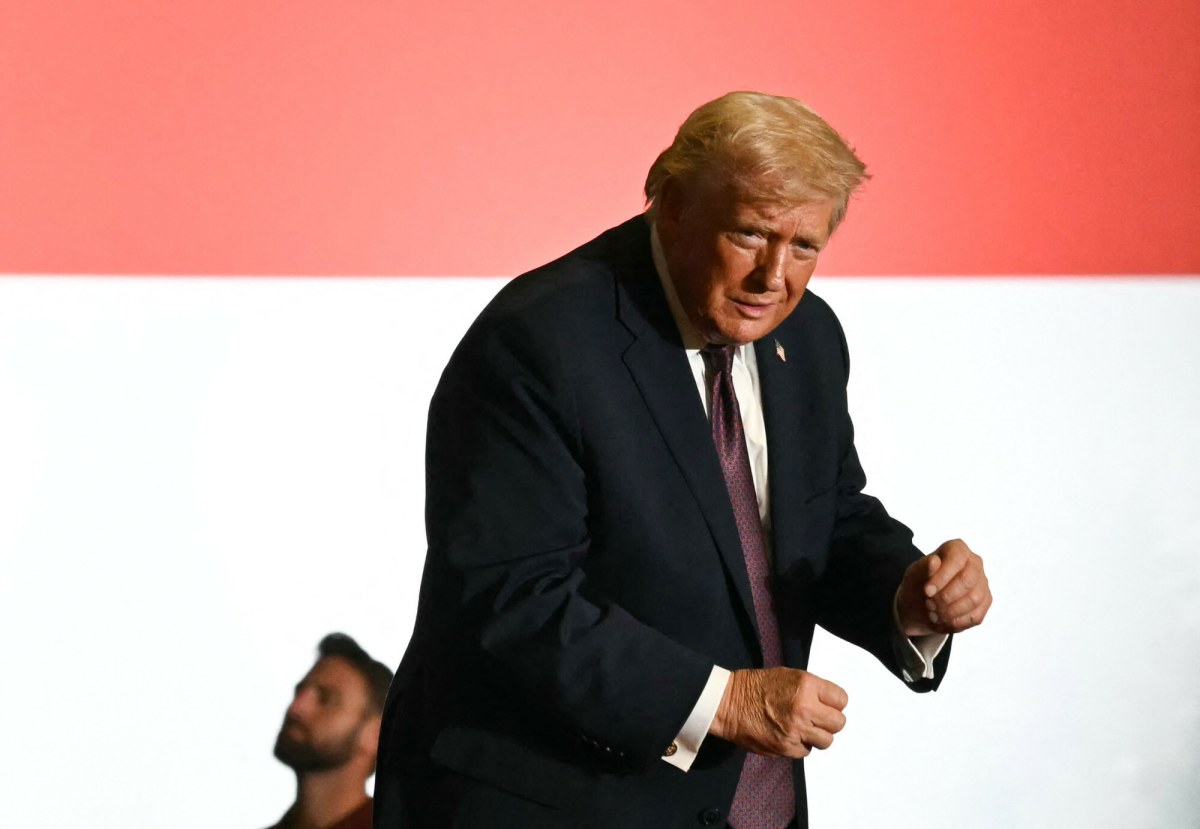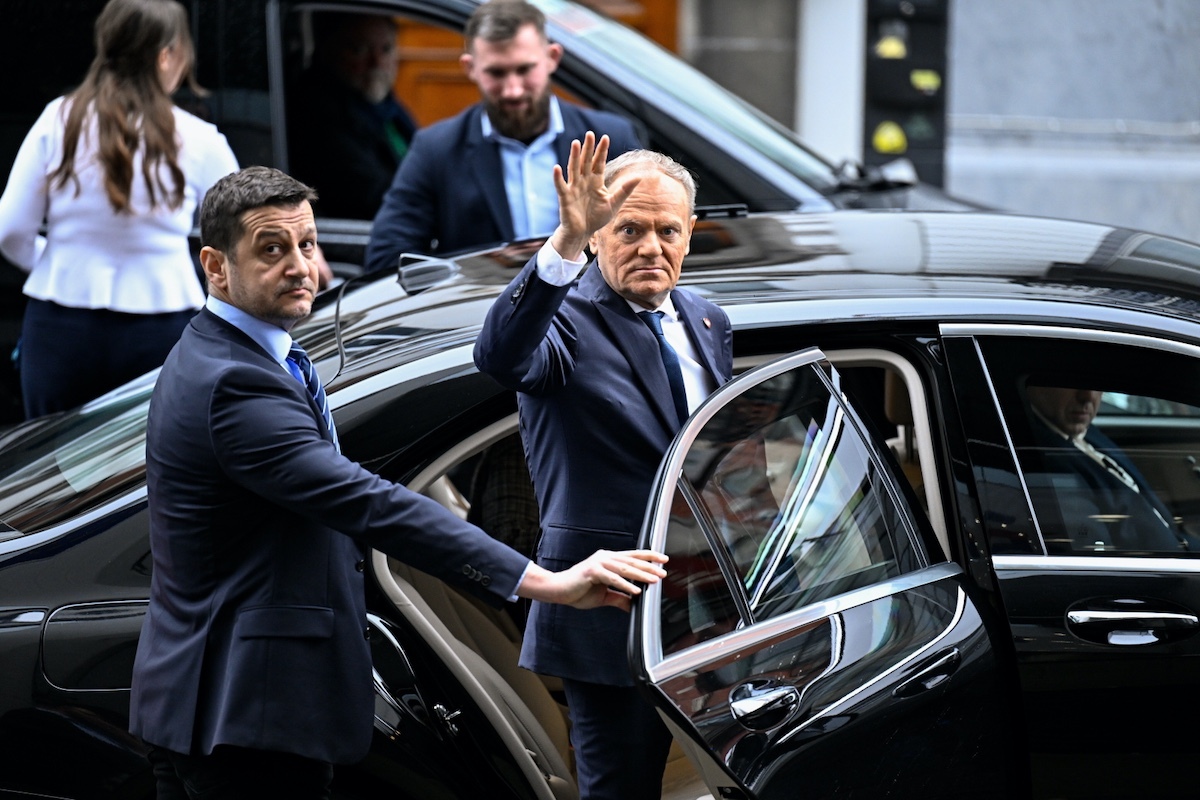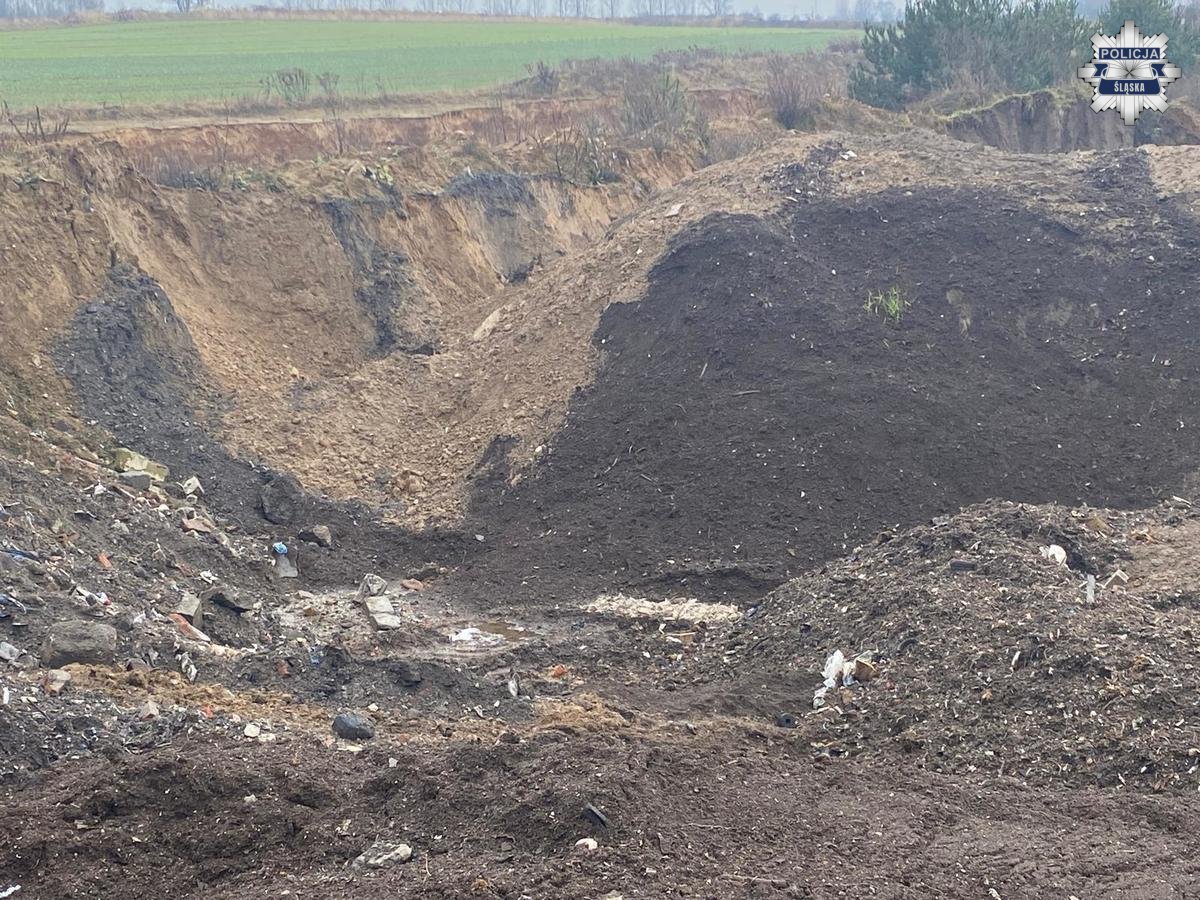Во время своей первой поездки в Европу с начала новой напряженности с Западом в 2020 году президент Си Цзиньпин посетил только Венгрию и Сербию. Время приемов в Варшаве, Праге и Афинах закончилось. В 2008 году, когда Европа и США переживали крупный экономический и финансовый кризис, несколько стран обратили внимание на Китай. В то время Китай считался спасителем многих европейских стран. В число стран, открывших свои двери для китайских инвестиций, входил целый ряд стран от Прибалтики до Греции.
Стремясь к лучшей интеграции с регионом, Китай начал так называемое партнерство 17+1. Геоэкономический план оказался беспроигрышным для обеих сторон: Центральная и Восточная Европа (ЦВЕ) остро нуждалась в инвестициях, а Китай был далек от того, чтобы представлять угрозу суверенитету стран. Одновременно Пекину было выгодно создать дорогу для проникновения на западноевропейские рынки через Восточный коридор. Шестнадцать лет спустя единственными странами, которые остаются сильными сторонниками китайцев, являются Венгрия и Сербия. Партнерство 17+1 в последние годы пострадало от выхода стран Балтии. Охлаждение польского правительства Под Туском. Новая администрация в Варшаве поддерживает дальнейшую интеграцию с ЕС, в отличие от другого пути, предпочитаемого предыдущим правительством ПиС.
Китайские обязательства не привели к инвестициям или реальному экономическому росту. Более того, российская война на Украине, в которой Китаю удалось спасти российскую экономику от коллапса, заставила жителей Центральной и Восточной Европы опасаться дальнейшего взаимодействия с Китаем.
Нехватка реальных инвестиций
ЦВЕ и балканские страны когда-то считались воротами Китая в Европу. В результате Китай пообещал инвестиции в рамках инициативы «Пояс и путь». Количество китайских инвестиций на Балканах 136, но 61 Некоторые из них находились в Сербии. Все эти инвестиции не способствовали созданию рабочих мест на местах, поскольку китайские компании набирают работников из Китая или других азиатских стран. С точки зрения инвестиций Китай по-прежнему отстает от ЕС. В 2021 году 61% прямых иностранных инвестиций на Балканах поступило из ЕС. В 2021 году Китай вложил около 1,4 миллиарда евро в различные инвестиционные проекты в странах Западных Балкан, которые не являются членами ЕС, в то время как в остальную часть так называемого блока 17+1 было вложено всего 1,3 миллиарда евро.
Большая часть китайских инвестиций поступает либо в инфраструктурные проекты, либо в энергетический сектор, которые являются двумя ключевыми секторами, где местные экономики не имеют достаточных ресурсов для инвестиций. Некоторые из этих инвестиций являются спорными. Например, знаменитое Бар-Больярское шоссе в Черногории было прозвано «дорогой, которая никуда не приведет». Этот проект чуть не привел крошечное балканское государство к банкротству. В то же время трудно забыть о бесчеловечных условиях жизни. Вьетнамские рабочие В сербском городе Зренджанин, одном из крупнейших китайских инвестиций в страну. В противоположность этому, Пелешацкий мост В Хорватии и Порт Пирей в Греции Они были успешно доставлены с небольшими спорами. Когда дело доходит до инвестиций и торговли, Китай имеет практически незначительное присутствие в Центральной и Восточной Европе. ЕС и некоторые государства-члены, такие как Германия, Италия и Австрия, являются основными двигателями для инвестиций, кредитов и других проектов. Китай рассматривал ЦВЕ как ворота на более крупные рынки на западе континента. Некоторые эксперты рассматривали этот шаг Китая как долговую ловушку, предлагая инвестиции в обмен на суверенитет. Несмотря на это, кошмар долговой ловушки, кажется, был преувеличен.
Россия всегда важнее всего.
Российская атака на Украину в феврале 2022 года сорвала план Китая по плавному проникновению в ЦВЕ. Несмотря на молчаливое принятие действий Путина, Китай не поставлял российской армии напрямую боеприпасы или оружие, в отличие от Ирана или Северной Кореи. Такое отношение было принято во избежание масштабных санкций, которые ЕС и США могут ввести в отношении стагнирующей китайской экономики. Приобретение нефть и газ Китай спас российскую экономику от краха, хотя Китай не единственная страна, покупающая российский газ и нефть.
Однако то, что действительно положило конец 17+1, за которым, вероятно, последует вывод войск или снижение активности, начиная с Чехии, Польши или Албании, было неспособностью Пекина осудить действия России на Украине. Это вызывает вопрос в ЦВЕ о том, что сделает Китай, если Россия нападет на другую страну в регионе. Хотя Россия не представляет опасности для Греции или Албании, она представляет собой существующую угрозу для Польши, стран Балтии и Молдовы. Кроме того, Китай предпринимает дальнейший шаг, начав предупредительную кампанию против вновь избранного правительства в Праге. Китайские инвестиции были настолько низкими, что Эстония решила пойти на открытое сближение с Тайванем, позволив Тайбэю Открытие представительства в Таллинне. Он пересек красную линию Китая. Прага быстро отправилась в путь Лидер чешского сената Милош ВыстрчильЭто сделало его самым высокопоставленным чешским чиновником, посетившим Тайбэй за последние десятилетия.
Для многих правительств в Центральной и Восточной Европе иметь Китай в качестве крупного инвестора, возможно, было приятной мечтой, особенно для тех, у кого авторитарный стиль, такой как Виктор Орбан или Александр Вучич. Это было хорошо до тех пор, пока Китай не беспокоил их опасениями по поводу верховенства закона или силы гражданского общества. Для многих других, однако, Китай всегда был партнером, пока суверенитет не был в уравнении. Когда началась война на Украине Китайское нежелание Критикуя действия Путина, многие страны ЦВЕ рассматривали Китай с другой точки зрения, в частности с той, которую Россия считает частью своей сферы влияния.
Был ли Китай действительно серьезным вызовом для ЕС в Центральной и Восточной Европе?
В период наихудшего экономического и финансового кризиса ЕС Китай предоставил основные кредиты и инвестиции. Даже в этот момент Китай никогда не достигал более пяти процентов инвестиций или торговли, за исключением Венгрии и Сербии. Однако для большого числа правых правительств, таких как Орбан в Венгрии, ПиС в Польше, Вучич в Сербии, Андрей Бабиш в Чехии и экономически неспокойная Греция при Алексисе Ципрасе, Китай рассматривался как разменная монета, чтобы получить рычаги влияния в спорах с Брюсселем. И наоборот, вступление Китая в ЦВЕ и на Балканах создало коридор для выхода на более крупные рынки, такие как Германия или Нидерланды, и предложило Пекину высокую позицию в районе, который считался заморским двором Америки.
В нынешних условиях, когда Россия ведет жестокую войну на Украине, маловероятно, что какая-либо страна в Центральной и Восточной Европе или на Балканах выберет Китай в случае прямого конфликта между США / ЕС и Китаем. НАТО, возглавляемая США, имеет жизненно важное значение для предотвращения любого конфликта в этом регионе, в том числе для тех, кто не является членом Альянса. ЕС является крупнейшим экономическим партнером, которого вряд ли можно заменить, даже открыто критическими для ЕС государствами, такими как Венгрия.
Доктор Дес. Ригельс Леня Журналист, обозреватель и историк. Он имеет степень бакалавра / магистра в области современной истории Восточной и Юго-Восточной Европы в Университете Тираны. В апреле 2024 года защитил кандидатскую диссертацию в Институте Восточной и Юго-Восточной Европы Мюнхенского университета. Его исследования были сосредоточены на диктатуре, современной войне, демократии и современной религии в балканских странах.
Пожалуйста, поддержите Новая Восточная Европа краудфандинговая кампания. Пожертвуйте, нажав на кнопку ниже.












